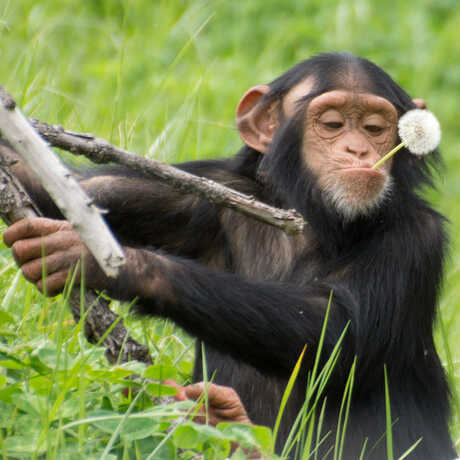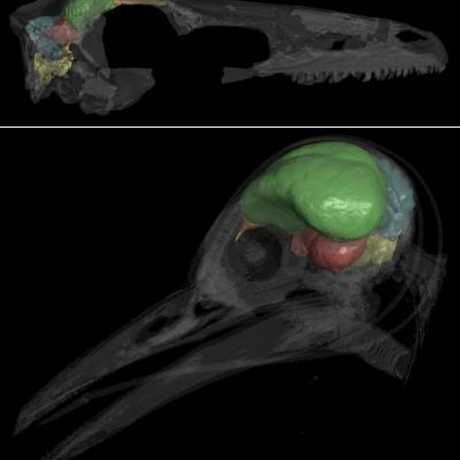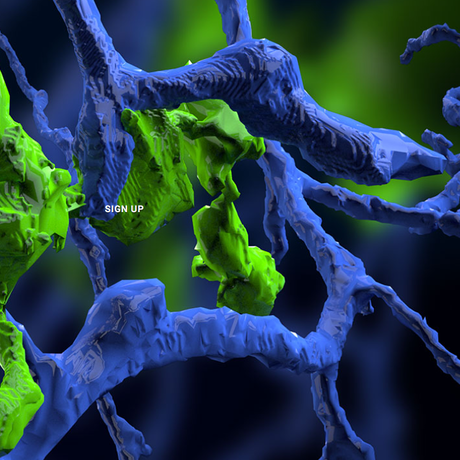Visit an aquarium, planetarium, rainforest, and natural history museum—all under one living roof.
BigPicture 2014
BigPicture—the Academy’s first major photography exhibit—illustrates, and celebrates, the incredible diversity of life on Earth through 45 stunning works from professional-level nature and conservation photographers. Representing 12 different countries, images were chosen from among more than 6,300 entries in our BigPicture Natural World Photography Competition.
To move BigPicture beyond a conventional gallery show, perspectives from Academy scientists were woven into the exhibit’s design, offering scientific insight into the striking moments captured by photographers—and how vital such powerful images are to efforts to protect our planet. BigPicture runs through November 2, 2014.

Behind the Lens
Learn more about the winning photographers—and the moments they captured—with a closer look at the stories behind BigPicture's prize-wining images.

2014 BigPicture Judges
Entries in our BigPicture Competition were judged by a panel of some of the most highly esteemed nature photographers and photo editors in the world.

Lectures & Workshops
Feeling inspired? Learn more about your camera—and about photography's power to effect protection of the natural world—by signing up for one of our many photography workshops or lectures.

2014 Honorable Mentions
The photography talent was incredibly deep in our 2014 entries—see just how hard our judges' jobs were by exploring the gallery of images that earned Honorable Mentions.
Our annual BigPicture: Natural World Photography Competition seeks to inspire environmental stewardship through the power of imagery. Professional-level photographers are encouraged to submit work that celebrates and illustrates the diversity of life on Earth.
The mission of the Academy's Institute for Biodiversity Science and Sustainability (IBSS) is to gather new knowledge about life's diversity and the process of evolution—and to rapidly apply that understanding to our efforts to regenerate life on Earth.

















